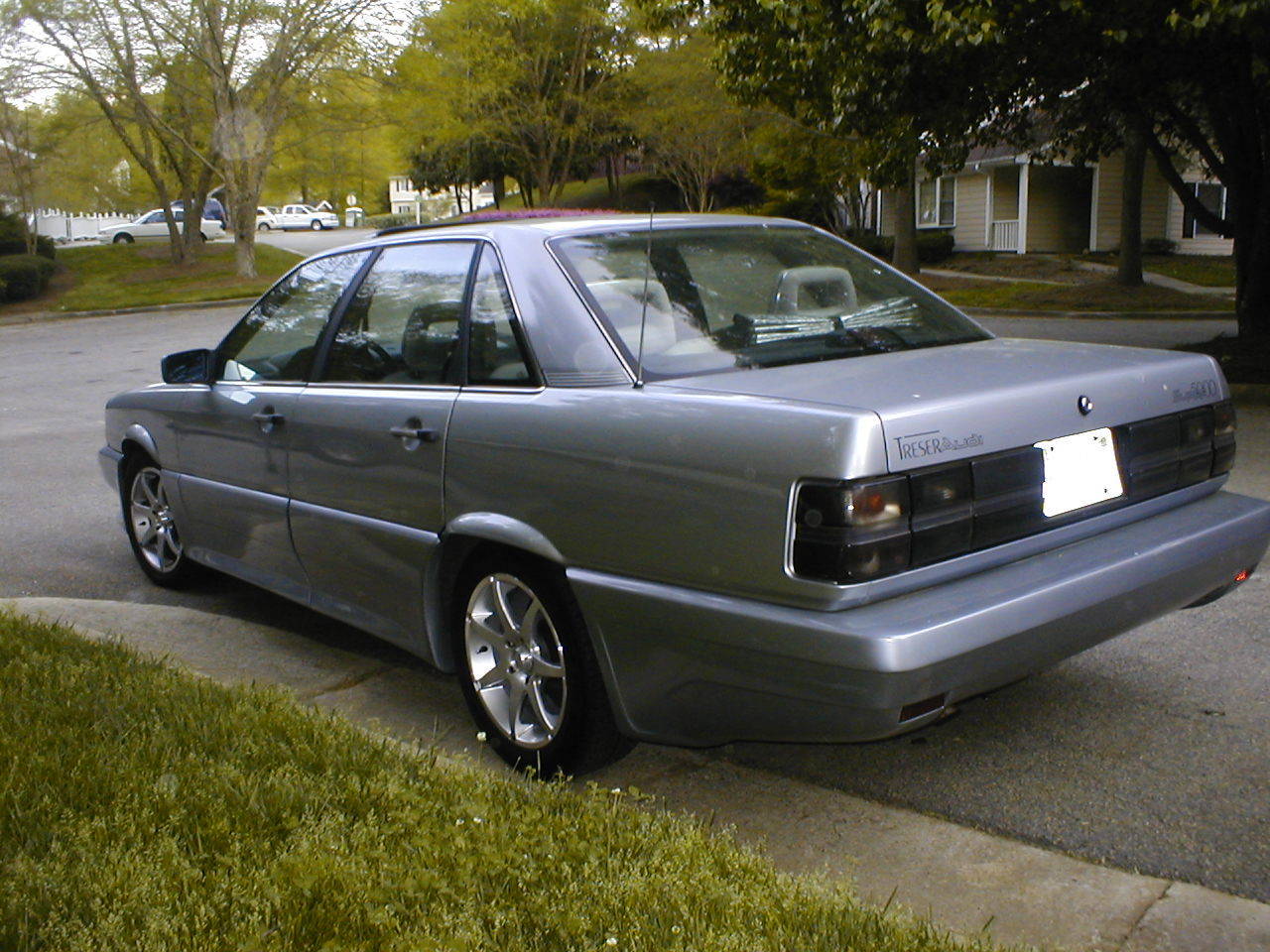No, it’s not a typo. And no, it’s not an Audi 5000.
The Audi 500SE won’t be a model that is familiar to pretty much anyone on these pages. But in an interesting side note of history you do know, Audi tried to bring its large sedans to Africa in the late 1980s. After the banning of Group B and the cancellation of Group S, Audi took to Group A with both normally aspirated Coupe Quattros and turbocharged Audi 200s. The 200 was successful at the hands of Hannu Mikkola, winning Rally Safari in 1987. 1988 saw the introduction of the 200 quattro Trans Am to U.S. shores, but few remember that those cars were then used in South Africa in the 1989 Wesbank Modifieds Championship. They would continue on in 1990 and 1991 before being replaced by a rebody of the 90 IMSA GTO car in an S4 chassis – a car which was just on display at the Goodwood Festival of Speed.
But without much need for quattro and without the smaller model range on sale, Audi’s showroom was filled with a rebrand of the Type 44. Produced in Uitenhage, South Africa, it was dubbed the 500SE, and it was available with either turbocharging or a normally aspirated motor. Unlike Europe (and later, the U.S.) the model designations did not change with forced induction. The specification was a bit strange, too; like the 1987 Audi 5000S quattro, the 500SE wore the larger brakes and wheels of the turbocharged model even when it did not have one. But unlike those cars, it also wore the upscale dual-chamber 200 headlights. Models like this particular 1990 were powered by the 2.3 liter NF motor that saw duty post 1987 in the late-5000 and early-100 front-drivers and quattros. They wore the later Type 44 updates like the smooth dash, too. Coupled with Euro bumpers and a luxury-oriented interior, it makes for an interesting Type 44:









